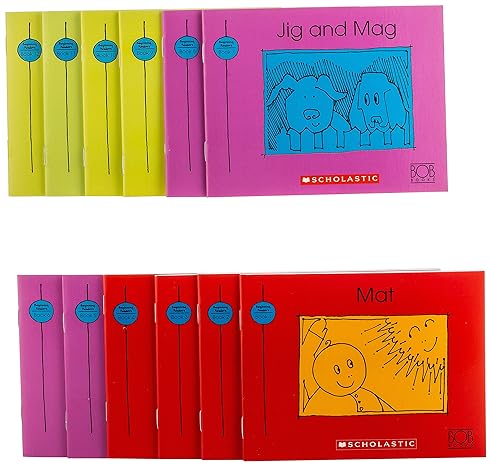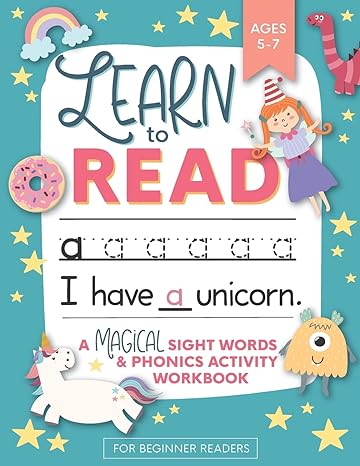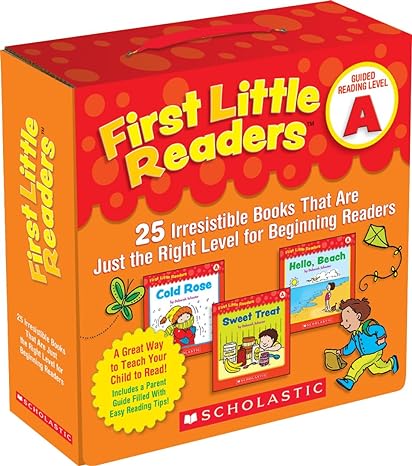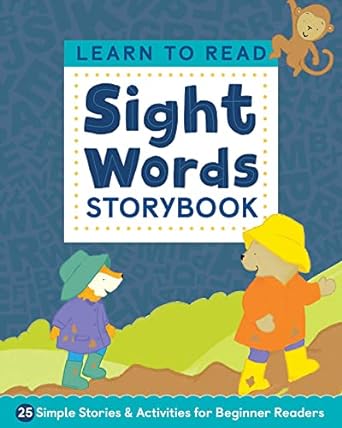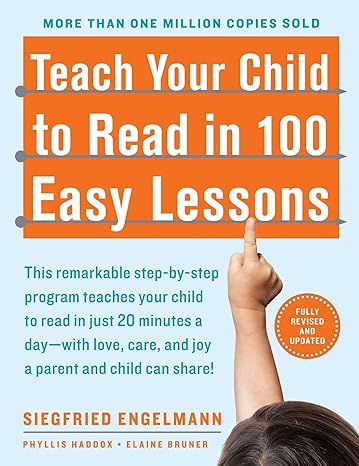Best Books for Learning to Read: Igniting the Passion in Young Readers
The journey of a thousand tales begins with a single page turn. Embarking on the path of reading is a milestone in any child’s life, one that lights the torch of knowledge, creativity, and imagination. But with an ocean of books out there, which ones offer the ideal stepping stones? As a believer in the transformative power of books for young minds, I’ve curated a list that will not only introduce your child to the world of words but will also ignite a lifelong passion for reading. Dive in to discover the best books for learning to read for your kids.
The Importance of Reading for Kids
Reading, often touted as a window to the world, holds unparalleled significance in a child’s development. Let’s embark on a journey to explore why introducing your child to the world of books is akin to giving them a lifelong companion.
Building a Stronger Brain: Imagine the brain as a muscle. Just as physical activities strengthen our bodies, reading serves as a workout for the brain. Regular reading sessions enhance brain connectivity, improving functions like concentration, comprehension, and cognitive development. Ever noticed how calm kids become when engrossed in a story? That’s the magic of reading, which not only entertains but also boosts brainpower!

Enhancing Vocabulary and Language Skills: “Mom, what does ‘curious’ mean?” If you’ve heard such questions from your child, pat yourself on the back! Every new word a child encounters in a book adds to their growing vocabulary. This not only aids in expressive language but also in understanding complex concepts later in life. You’re literally expanding their world, one word at a time!
Fostering Imagination and Creativity: Do you remember building castles in the air after reading a fairy tale? Books serve as a canvas for a child’s imagination. When kids read, they visualize, letting their minds wander to far-off lands, turning them into explorers, adventurers, and dreamers. This imaginative journey fosters creativity, enabling them to think outside the box.
Developing Empathy: Books introduce children to a spectrum of emotions and diverse characters. When Little Red Riding Hood feels scared or when Winnie the Pooh is joyous, kids feel with them. This helps children recognize and understand emotions, nurturing empathy. Essentially, through stories, children walk in others’ shoes, understanding feelings and perspectives different from their own.
Building Patience and Discipline: In our world of quick entertainment, sitting down with a book teaches kids patience. Finishing a story or a chapter gives them a sense of accomplishment, instilling discipline and a love for long-term rewards.
Strengthening Bonds: Remember the warm feeling when snuggled up with your child, reading a story? Shared reading experiences create lasting memories. It’s a bonding exercise, filled with shared adventures and discussions, pulling families closer.
Preparing for Academic Success: Lastly, the practical bit! Regular reading not only sharpens comprehension skills but also equips kids with knowledge. A child who reads is better prepared for school assignments, has a broader knowledge base, and often, a natural curiosity to learn.
Our Top 5 Best Books for Learning to Read
Navigating the sea of books available for young readers can be daunting. Thankfully, some timeless classics and modern gems consistently stand out as favorites for introducing children to the world of words. Here’s a curated list of the top 5 books that are perfect for budding readers:
Bob Books – Set 1: Beginning Readers Box Set
Bob Books® were specifically designed to facilitate that ah-ha moment, when letters first turn into words. By slowly introducing new letter sounds, using consistency and repetition, and stories that fit short attention spans, your child will quickly find his or her own ah-ha moment.
Learn to Read: A Magical Sight Words and Phonics Activity Workbook
This book is perfect for kids of all ages who want to learn to read and write in a fun and magical way! The book contains over 40 sight words that kids learn through the image of the word as opposed to sounding letters out. These words make up almost half of most children’s books which results in a much easier experience learning other words
First Little Readers Parent Pack
Jumpstart reading success with this big collection of motivating books correlated with Guided Reading Level A. Most pages of these full-color books feature just one line of simple, repetitive text to help children learn to read with ease and confidence. Includes a tip-filled parent guide. A great value!
Learn to Read: Sight Words Storybook
Help your little one learn to read thanks to 50 essential sight words. From “up” and “down” to “could” and “it,” these simple and enjoyable illustrated stories help kids recognize words in sentences and understand their meaning. There’s even a pair of fun activities after every story to further reinforce what they’ve learned!
Teach Your Child to Read in 100 Easy Lessons
With more than one million copies sold, Teach Your Child to Read in 100 Easy Lessons is a remarkable step-by-step, phonics-based program that teaches your child to read in just twenty minutes a day—with love, care, and joy a parent and child can share. Now fully revised and updated with a Practice Guide for parents and an extra section with supplementary material!
How To Use These Books for Learning to Read into Your Daily Routine
Reading, much like any other beneficial habit, thrives best when seamlessly integrated into our daily lives. It’s not just about the ‘how often,’ but also the ‘how’ of it. For children, especially, establishing a rhythm with reading can make the difference between seeing books as a chore versus a cherished activity. Here’s how you can effortlessly weave reading into the everyday life of your child:
Morning Stories: Start the day on a narrative note. A short story during breakfast can make mornings memorable. Associating tales with the first meal can also make breakfast time something kids look forward to.
Theme Days: Dedicate specific days to particular genres. Mystery Mondays, Fairy Tale Fridays, or Sci-Fi Saturdays can add an element of excitement and anticipation to reading.
Interactive Reading Apps: Leverage technology! There are countless reading apps that make stories interactive, ensuring screen time is both educational and entertaining.
Set Up a Reading Nook: Designate a cozy corner in the house just for reading. Adorn it with cushions, a comfortable chair, and good lighting. This dedicated space can make reading feel special.
Post-Dinner Family Reading Time: Create a routine where the family gathers after dinner to read aloud. This not only promotes collective reading but also strengthens family bonds.
Incorporate Books into Play: For younger children, mix reading with playtime. Use action figures or dolls to re-enact stories. This promotes comprehension and also adds a tactile dimension to the reading experience..
Library Visits: Incorporate monthly or bi-weekly trips to the local library. Let your child choose books, instilling in them a sense of ownership and independence.
Bedtime Stories: The timeless classic routine. A story before bed can serve as a wind-down activity, transitioning your child into a peaceful slumber.
Final Words From Me
Books for Learning to Read, where every line represents a lesson, a memory, or a shared moment. Introducing children to the world of books is a golden strand that glimmers with potential. Books for Learning to Read have an unparalleled power; they are bridges to distant lands, time machines to bygone eras, and portals into the minds of countless characters.
They sculpt imagination, fortify empathy, and bolster knowledge. As the renowned author Stephen King aptly put it, “Books are a uniquely portable magic.” So, with a heart full of anticipation and a bookshelf brimming with tales, are you ready to embark on this magical journey? Let the story unfold and witness the spellbinding impact of reading on your little one’s world.
FAQs
What age should I start reading to my child?
From birth! Even infants benefit from hearing rhythmic language and seeing colorful illustrations.
How do I choose books for older kids (8-12 years)?
Focus on their interests, but also introduce them to diverse genres to broaden their horizons.
What if my child doesn’t seem interested in reading?
Keep it fun! Integrate stories into playtime or use interactive e-books and apps.
How can I make reading a family activity?
Consider setting up a family book club where everyone reads and discusses a book together.
Are digital books as good as physical books for kids?
Both have their merits. Digital books can be interactive, while physical books offer tactile experiences. Find a mix that works for your child.


